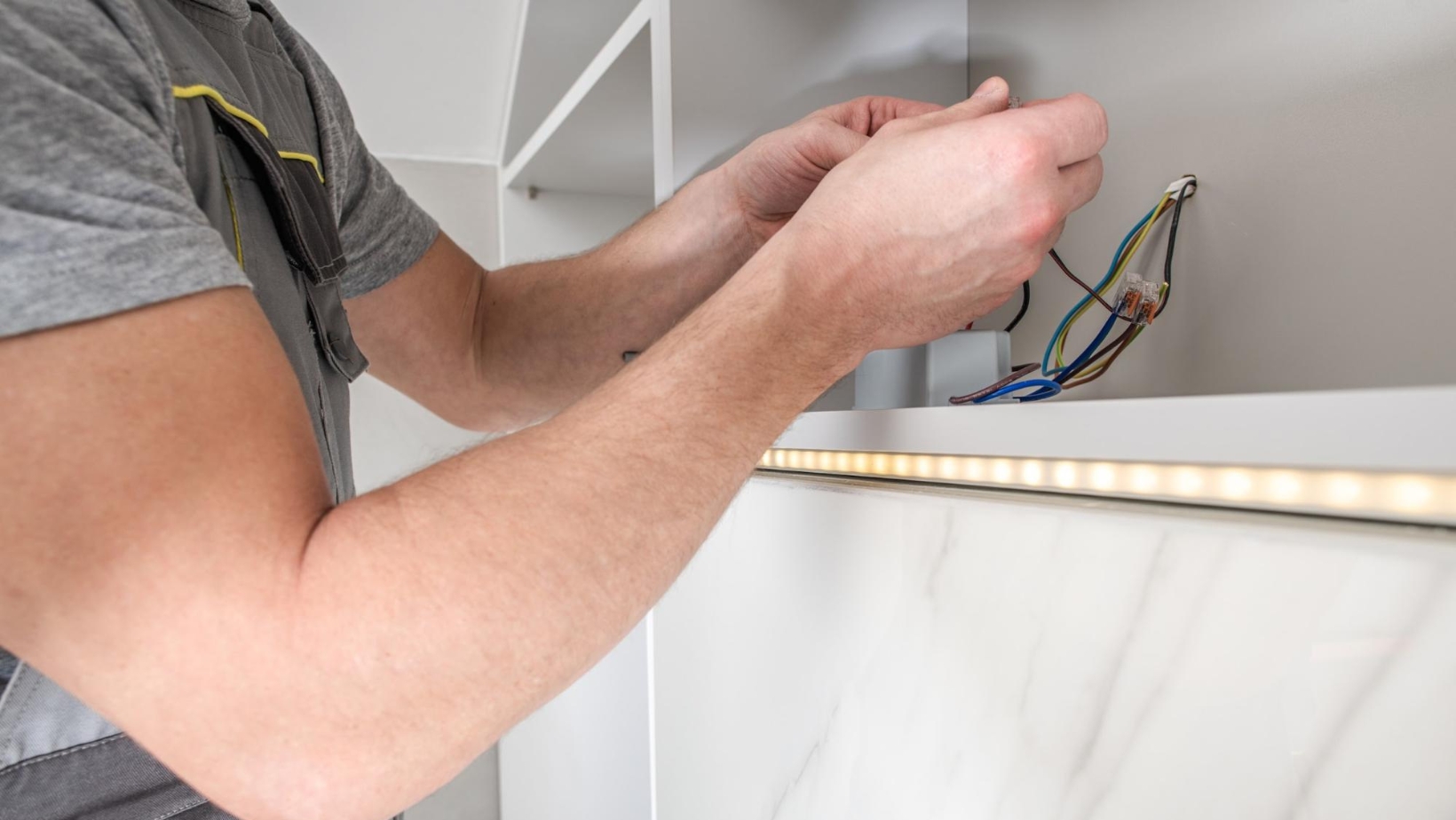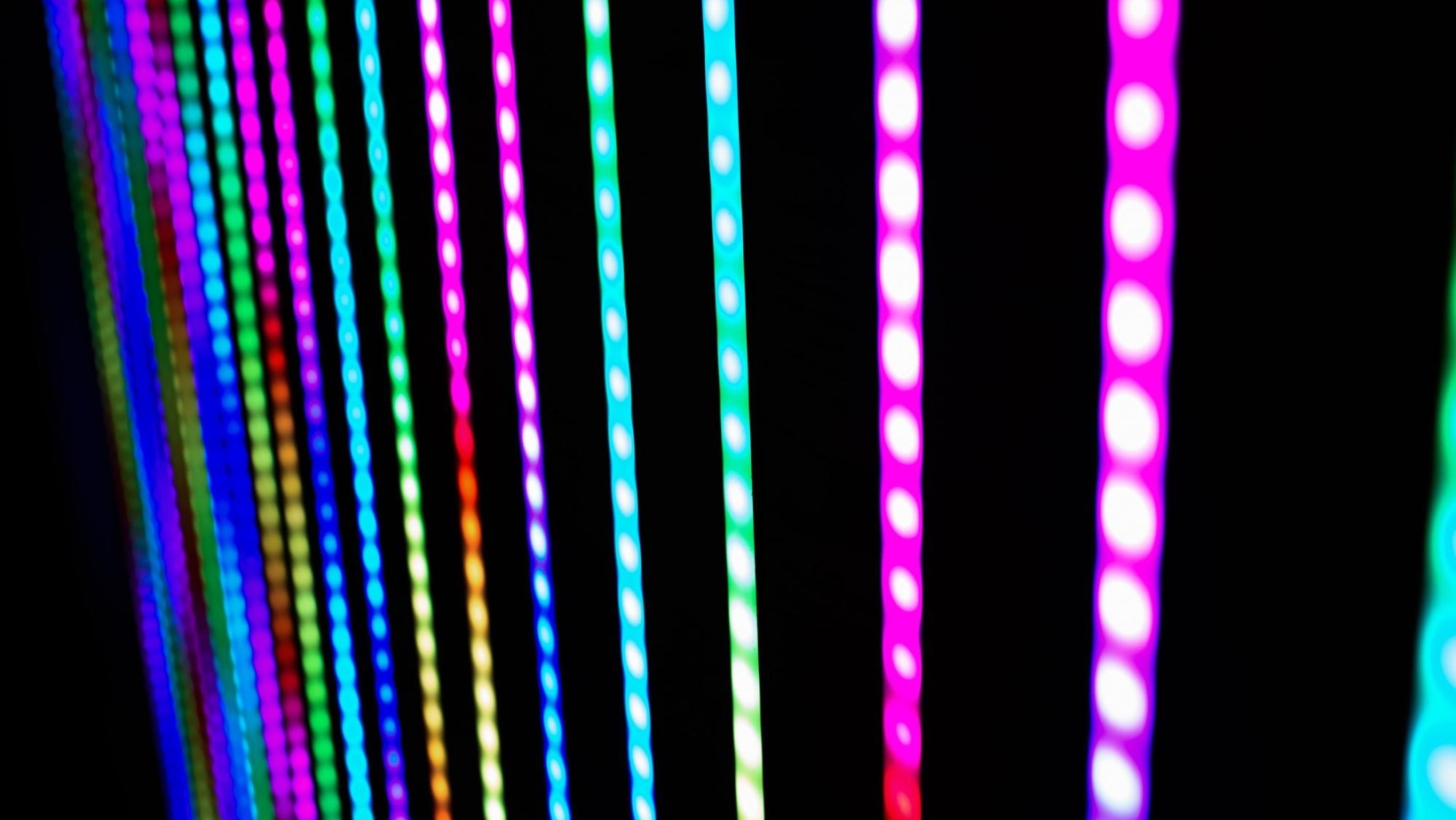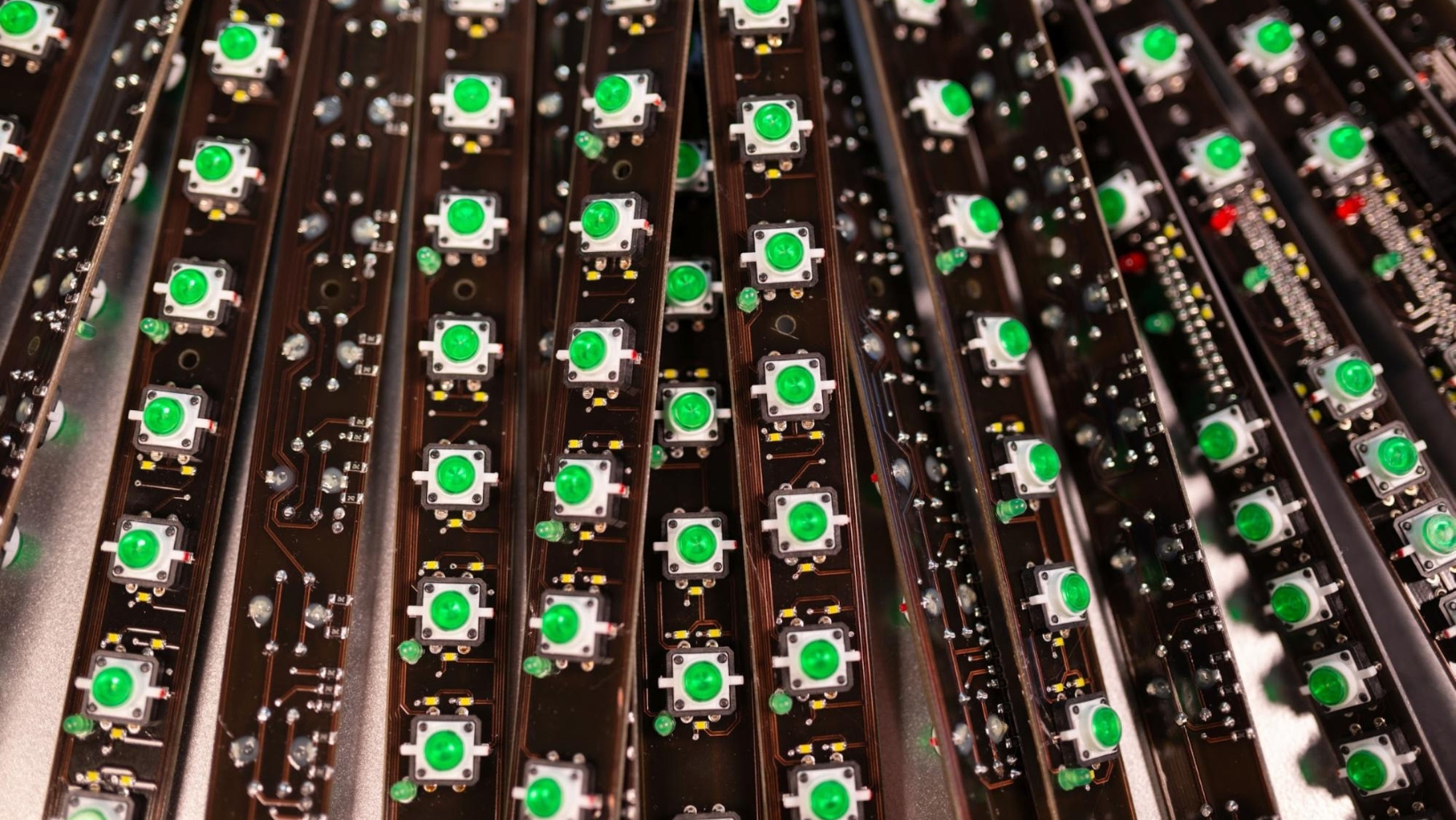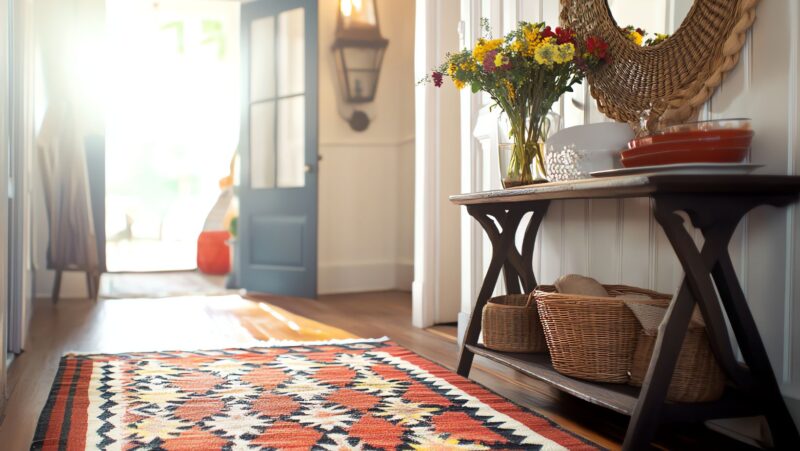LED strip lighting has gained immense popularity due to its versatility, energy efficiency, and aesthetic appeal. However, like any electrical installation, safety should be a top priority. From potential fire hazards to ensuring safe installation and use, understanding the key safety considerations can help prevent accidents and prolong the lifespan of LED strips. In this article, we’ll explore the crucial aspects of LED strip safety, covering fire risks, proper installation, and safety for children and pets.
Table of Contents
ToggleFire Hazard – Can LED Strips Be A Fire Risk?
LED strip lights are generally considered safe and not likely to catch fire in contact with flammable materials, but improper installation, low-quality products, or overloading electrical circuits can lead to fire hazards. Overheating is a significant concern, as high-quality LED strips generate minimal heat compared to traditional lighting, but poor ventilation or excessive power loads can still cause problems. Low-quality products are another issue, as cheap, uncertified LED strips often use substandard materials that are prone to short-circuiting or melting under prolonged use. Power supply issues also contribute to the risk, as using an incorrect power adapter can cause excessive heating or voltage fluctuations, increasing the likelihood of fire. Additionally, installing LED strips on highly flammable surfaces like paper, fabric, or untreated wood can amplify fire risks. To mitigate these hazards, always purchase LED strips from reputable manufacturers, use proper power supplies, and ensure proper ventilation.
How To Safely Install LED Strips
How To Cut LED Strip Lights?
Cutting LED strips correctly ensures that they function properly without damaging the internal wiring. Most LED strips have designated cutting points, usually marked by a small scissor icon. It is essential to cut only along these lines to avoid disrupting the circuit. Using sharp scissors, a precision knife, or specialized LED strip cutters allows for a clean cut, preventing frayed edges that could lead to connectivity issues. If you need to reconnect the strips after cutting, use appropriate soldering techniques or high-quality connectors to maintain a secure and conductive connection.
Installing LED Strips
Installing LED strips involves connecting them to a power source in a safe and efficient manner. Ensuring the voltage of the LED strip matches the power adapter is critical to prevent overheating and potential electrical failures. Most LED strips operate at either 12V or 24V, and using an incorrect power supply can cause flickering, overheating, or even permanent damage. Proper wiring is also essential, with connections securely fastened to avoid loose contacts, which could create electrical sparks or intermittent functioning. If using multiple strips, avoid overloading the circuit by calculating the total power consumption and ensuring the power adapter can handle the combined wattage.

When using a dimmer, ensure it is compatible with the LED strips to prevent malfunctions or flickering issues. In areas with high humidity, such as bathrooms or outdoor settings, water-resistant LED strips with appropriate IP ratings should be used to prevent moisture-related damage.
Mounting LED Strip Lighting
Mounting LED strips securely is necessary to ensure they remain in place over time and do not pose safety hazards. Many LED strips come with adhesive backing, but for long-term durability, additional securing methods should be considered. For smooth and clean surfaces such as glass or painted walls, the adhesive backing may suffice. However, for textured or porous surfaces like brick, concrete, or rough wood, reinforcing the strips with mounting clips or brackets provides additional stability. When applying LED strips, pressing them firmly along the entire length ensures proper adhesion and prevents sections from peeling over time. It is also important to avoid bending the strips at sharp angles, as this can damage the internal wiring and compromise functionality. Managing cables properly with wire clips or conduits keeps the installation neat and prevents potential tripping hazards or exposed wires that could be pulled by children or pets.
What Makes LED Strip Lighting Safe?
Not all LED strips are created equal, and choosing high-quality products ensures safety. Certified LED strips, such as those with UL, CE, or RoHS certifications, comply with safety regulations, making them a more reliable and secure choice. These certifications indicate that the product has been tested for electrical safety, fire resistance, and material quality. Proper heat dissipation is another critical factor in LED strip safety. High-quality LED strips are designed with heat-resistant materials and built-in heat sinks that help distribute heat evenly, reducing the risk of overheating and extending the lifespan of the lights. Additionally, many premium LED strips come with short-circuit and overload protection, which helps prevent sudden electrical surges that could cause damage or fire hazards. Choosing LED strips that operate at low voltage, such as 12V or 24V, rather than high-voltage alternatives, further reduces the risk of electrical hazards. Investing in LED strips from reputable manufacturers ensures that the product meets all necessary safety requirements and performs reliably over time.
Are LED Strips Safe For Children And Pets?
For households with children and pets, additional safety measures should be considered. Low-voltage LED strips, typically 12V or 24V, reduce the risk of electrical shocks.

Encapsulated LED strips, such as those with a silicone coating, minimize direct exposure to electrical components, making them a safer option. Ensuring LED strips are firmly attached prevents children or pets from pulling them down, reducing the risk of accidents. Choosing LED strips made from RoHS-compliant materials, free from hazardous substances like lead or mercury, adds another layer of safety. Additionally, dimmable LED strips provide eye-safe lighting, as excessively bright LED lights can cause eye strain. Choosing dimmable options helps create a comfortable lighting environment.
Conclusion
LED strips are an excellent lighting solution, but safety should never be overlooked. By understanding fire risks, following proper installation guidelines, and selecting high-quality products, you can enjoy beautiful and safe illumination in your bedroom, bathroom, garage, office, and commercial spaces. Whether you’re enhancing your home, workspace, or outdoor areas, prioritizing safety ensures a long-lasting and hazard-free lighting experience. Always invest in certified LED strips and follow manufacturer guidelines to keep your environment secure.





